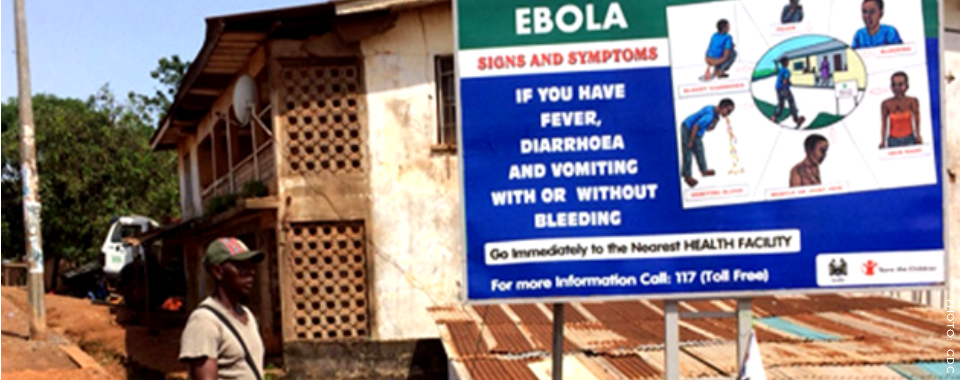BY SOFIA SCOTT
With the arrival of the first case of Ebola in the United States in September, panic spread nationwide. Meanwhile Nigeria, located much closer to three main epicenters of Ebola in Guinea, Liberia and Sierra Leone, managed to stop the spread of the disease in a nation numbering more than 170 million people. Indeed, Nigeria was declared Ebola free by the World Health Organization (WHO) on October 20, 2014.
Through contact tracing, as well as other techniques and procedures learned through vaccination campaigns and other initiatives to stop the spread of infectious diseases, the country managed to prevent a widespread outbreak beyond the initial 19 confirmed cases. Nigeria’s successful containment of the disease has been lauded as nothing short of remarkable, given both the population density in the country (and particularly in cities such as Lagos) and the lack of modern medical facilities outside of the main urban centers.
According to Business Insider and UNICEF, here are three strategies that the United States can learn from Nigeria’s successful containment to calm fears of widespread transmission:
Identifying “Patient Zero”
Nigeria’s “patient zero” was a man named Patrick Sawyer, who flew from Liberia to Nigeria on July 20, 2014. After collapsing in the Lagos airport, he was taken to a hospital and told the medical staff that he had not been exposed to Ebola. However, this claim later proved false. The staff began to treat the patient for malaria, but after his unresponsiveness to the medication, they tested him for Ebola. Recognizing the potential for a widespread contamination, the medical staff refused to allow him to leave the hospital. Mr. Sawyer died less than a week after he arrived in Nigeria, although not before he infected several of the Nigerian medical staff who treated him.
Tracking Potential Spread
Nigeria executed a highly organized response to the Ebola outbreak, making informed decisions to execute their plan accurately. The country accomplished this feat through a process known as contact tracing, in which health officials track all potential cases of the disease, especially those who have come in contact with patient zero. The Center for Disease Control (CDC) has provided step-by-step directions for contact tracing, which include locating everyone who has been in contact with the blood, vomit, mucus, or other bodily fluids of an infected person, watching identified persons for symptoms of sickness for 21 days, and treating those who start showing signs of the illness (a person is not contagious until he/she beings showing physical signs). Nigeria came close to conducting an impressive 18,500 face-to-face visits to those identified as having been in possible contact with confirmed Ebola patients.
Spreading Public Awareness
Prevention through awareness is also a critical part of containing an outbreak. In Nigeria, disseminating correct information was especially important in the reopening of schools across the country. Unfortunately, while rumors and misinformation about Ebola still exist, the information and mobilization effort was largely a success. The effectiveness of Nigeria’s Ebola-fighting effort was both far reaching and effective in part due to its short message that directly addressed what people could do to protect themselves: washing hands frequently, not touching corpses, and reporting anyone to the health authorities if they showed symptoms.
Interestingly enough, the response in Nigeria would not have been as successful had it not been for the country’s experience in fighting polio. Due to the perseverance of the polio virus, Nigeria already had public health institutions and strategies set in place to combat infectious disease.[1] The techniques and procedures that had been put in place to combat polio, such as training in contact tracing, reporting cases, collecting data, and organizing a team of health workers, were easily transferable to the Ebola response. This incidence demonstrates the importance of developing an efficient health care system, with trained personnel and adequate resources.
The United States has the same procedures set to contain Ebola, in addition to a robust medical infrastructure, making the risk of a nationwide outbreak extremely low. Unfortunately, other countries in West Africa do not have the resources nor the personnel to execute a thorough containment of the disease, which explains the 8,000 plus people who have contracted the disease in the region. The WHO predicts that if the international community does not step up its response quickly, many more people will be at risk of death. Perhaps in examining the effective response by Nigeria, successful lessons learned and best practices can be more easily transferred to the countries in greatest need before the disease claims more lives.
|
Endnotes 1. URL located at: http://www.npr.org/blogs/goatsandsoda/2014/11/03/361162520/it-turns-out-… |
